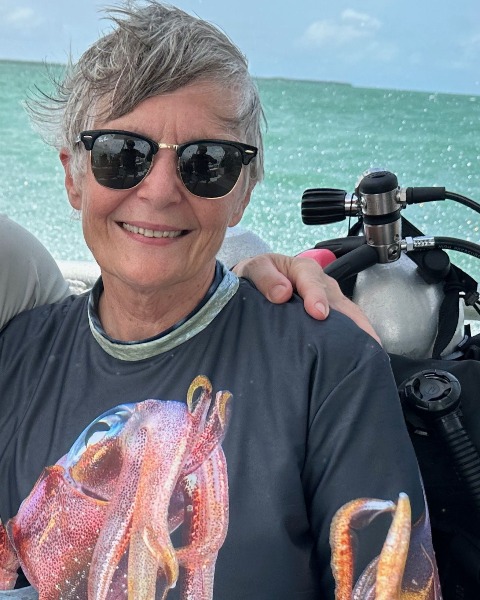Small Animal
Lateral and Ventral Approaches to the Larynx
Saturday, October 25, 2025
8:00 AM - 8:30 AM

Bryden J. Stanley, BVMS, MS, MANCVS, MRCVS, DACVS
Animal Surgical Center of Michiga
Speaker(s)
It can be daunting to operate on the upper airway as complications can be rapid and fatal in dogs and cats. Surgery induces swelling from edema and inflammation, which can be disastrous if not anticipated or managed promptly. Ventral laryngotomy is rarely recommended in dogs due concerns about invasiveness and frequent requirement for a temporary tracheostomy. However, the procedure is not particularly difficult, provides excellent access to the infraglottic lumen and can provide significantly positive clinical outcomes. It can be used to remove scar tissue, proliferative growths and excess tissue, as well as ameliorating laryngeal collapse and paralysis in select cases by lateralizing the vocal processes to the thyroid wing. The lateral approach to the larynx is very commonly performed for performing cricoarytenoid laryngoplasties (tie-backs). The approach can be extended to remove laryngeal tumors like rhabdomyomas/sarcomas or pharyngeal masses. The approach for a cricopharyngeal myectomy for cricopharyngeal achalasia is also through a lateral approach. These approaches will be shown in detail.

